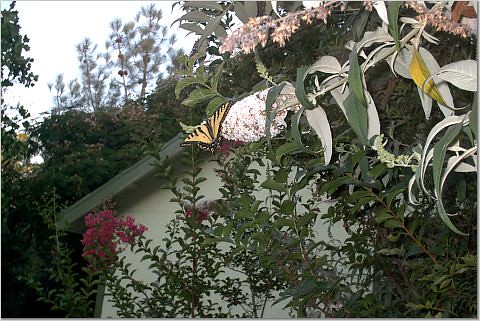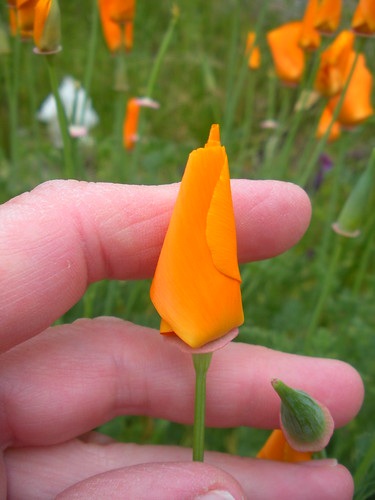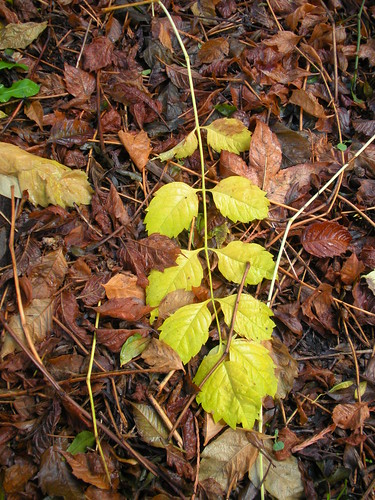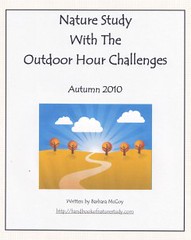Autumn Series #10November World“Yet, with all my familiarity with this brook, I did not know it in the winter. Its pathway up into the winter woods was as unexplored as the arctic regions. Somehow, it was not a brook in the winter time. It was merely a dreary waste, as cold and as forbidding as death. The winter was only a season of waiting, and spring was always late.”
The Nature Study Idea, L.H. Bailey, contemporary of Anna Botsford Comstock.
Inside Preparation Work:Read pages 1-2 of the
Handbook of Nature Study as a refresher. Mark and highlights points that you want to keep in mind before you embark on this last of the Autumn Series Challenges. How have these challenges awakened a love of nature study in your heart? What changes have you seen in your children as they have participated in a regular course of nature study? What practical and useful knowledge has your family gleaned from the “comprehension of the individual life of the bird, insect, or plant that is nearest at hand”?
Outdoor Hour Time:Sometimes it is fun and interesting to revisit a familiar place in a different season. Perhaps you have a certain park you go to in the summer but you have not explored there in the autumn or winter months. There may be a trail or creek you explored as part of a previous Outdoor Hour Challenge and it might be interesting to go there now that the seasons have changed. If you are just starting out with the challenges, choose a place to visit this week that you can go back to in a future season.

Spend 15 minutes outdoors in your chosen spot and enjoy the November world. Use all your senses and let your children find something to show you. Remember not to talk too much or lead them but rather try to see what your children see. Sometimes it is nice to just to let something interesting come your way without a particular focus.
“The author can think of nothing she would so gladly do as to spend days and months with the birds, bees, and flowers with no obligation to tell what she should see. There is more than mere information in hours thus spent.” Handbook of Nature Study, page 7
So this challenge is really for the parents. Let the nature study unfold and then enjoy the time with your children. Be refreshed.
Follow-Up Activity:For this challenge, leave the nature journal or notebook page as an option. If you child is inclined to complete a follow-up entry, make an opportunity for one but if they are content with just having spent time outdoors, there is no obligation to complete an entry.You might like to use my free
Signs of Autumn notebook page.
As always see if they have any questions about their nature study time. Follow their lead by looking up the answers in the
Handbook of Nature Study. Skim down the table of contents to see if there is a lesson covering what you child found interesting. If not, check your local library for a book to use as a resource. Last year we made a list of things to research during the winter. You can find a notebook page on which to list your things in this set of free notebook pages that I put together last month on Scribd.com:
Autumn Series 2009 Notebook Pages.
Now for the giveaway details!
As a way to celebrate the end of another great season of nature study, I want to offer a nice giveaway to all those that
complete the November World Challenge outlined above.
Complete your challenge by
November 30, 2010, put your link in Mr. Linky and you will be entered to win a random drawing for one of two gifts.
Giveaway has ended! Thanks to all the participants!1. Moleskine Plain Notebook- Perfect for nature journaling!
or
2. A $10 gift certificate from
NotebookingPages.comIf you do not have a blog but would still like to be entered in for the giveaway, you can email me with the details of your study and what your family discovered in your November World. I will be happy to enter you in if I receive your email before November 30, 2010. Please send your email entries to:
harmonyfinearts@yahoo.com.
I will announce the winners on December 1, 2010.
What is in store for winter nature study?
I am working on enhancing and supplementing the Winter Wednesday Challenges and
making a Squidoo page to go along with them and I hope to have it all wrapped up and available in December some time. In the meantime, if you have not worked through the Winter Series of Outdoor Hour Challenges from the beginning of this year, you may want to check that ebook out and get prepared to work through those when you have the opportunity.
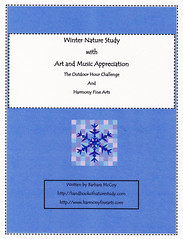
See
this entry for a description.
You can see all the challenges listed under the tab at the top of the page labeled
Winter Nature Study-Outdoor Hour Challenge. Have you see seasonal tabs at the top of my blog? I have worked hard this week to get the seasonal challenges moved and linked on the tabs so it is easier to navigate through the blog and find things that will help you in your nature study.
I want to thank all the Autumn Series participants for a wonderful season of nature study. I appreciate the community of like-minded families that have shared their experiences and encouragement with others. You are truly the best set of blog readers and supporters on the internet.











